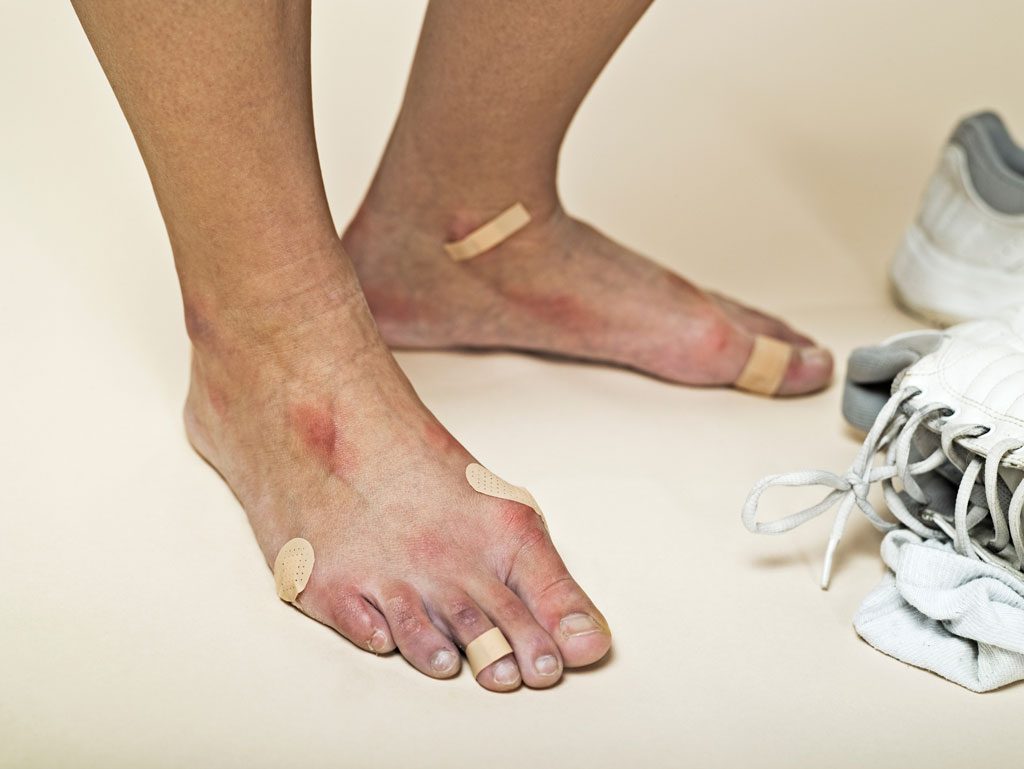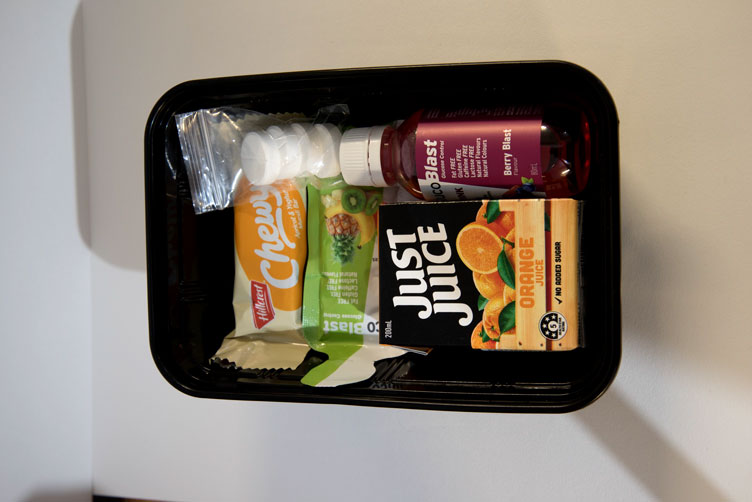Being physically active is one of the best ways to improve your health and wellbeing. It doesn’t have to be fast-paced to have significant benefits. Some activity is better than none at all. Importantly, regular physical activity can help keep your blood glucose level in the target range.

Watch Cendra’s story.
Watch our short videos on common questions about type 1 diabetes and exercise
Read, listen to or download our Physical activity fact sheet.
Check out our Ready set go, let’s move online program.
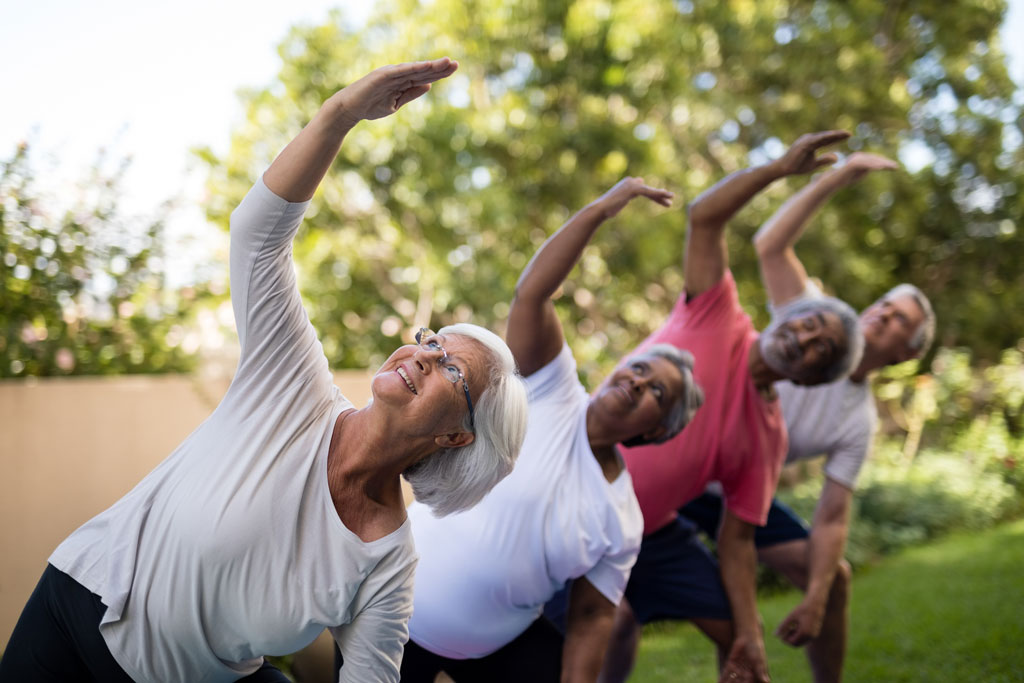
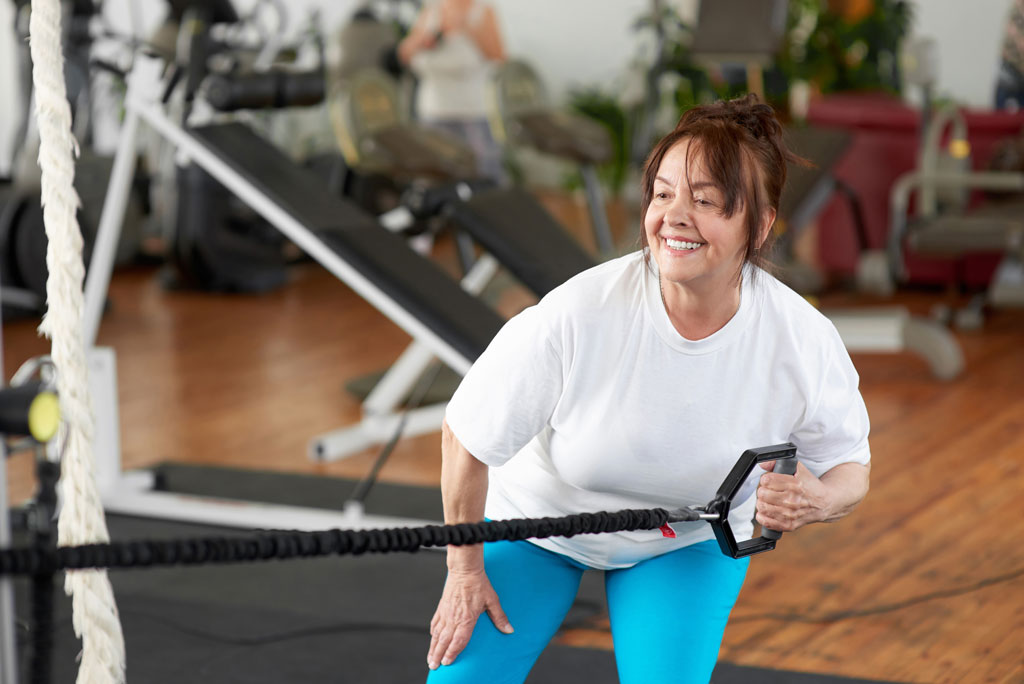
Combining different types of exercise can help you manage diabetes and improve your overall health. The two main types of exercise are aerobic and resistance exercise.
These exercises get your heart and lungs pumping! Think of activities like walking, dancing, cycling, or swimming. You may play sport or even visit the gym.
If you want to start with something less strenuous, try light aerobic exercises such as yoga or lawn bowls. Even taking the stairs is beneficial.
These exercises work your muscles by pushing against some resistance. This type of exercise can be described as strength building.
Talk to a qualified exercise professional like an exercise physiologist or physiotherapist. They can help you plan a tailored resistance program.

Try for at least 30 minutes moderate aerobic activity daily, adding up to 210 minutes or 3 hours and 20 minutes per week.
Add in 2-3 resistance training sessions per week.
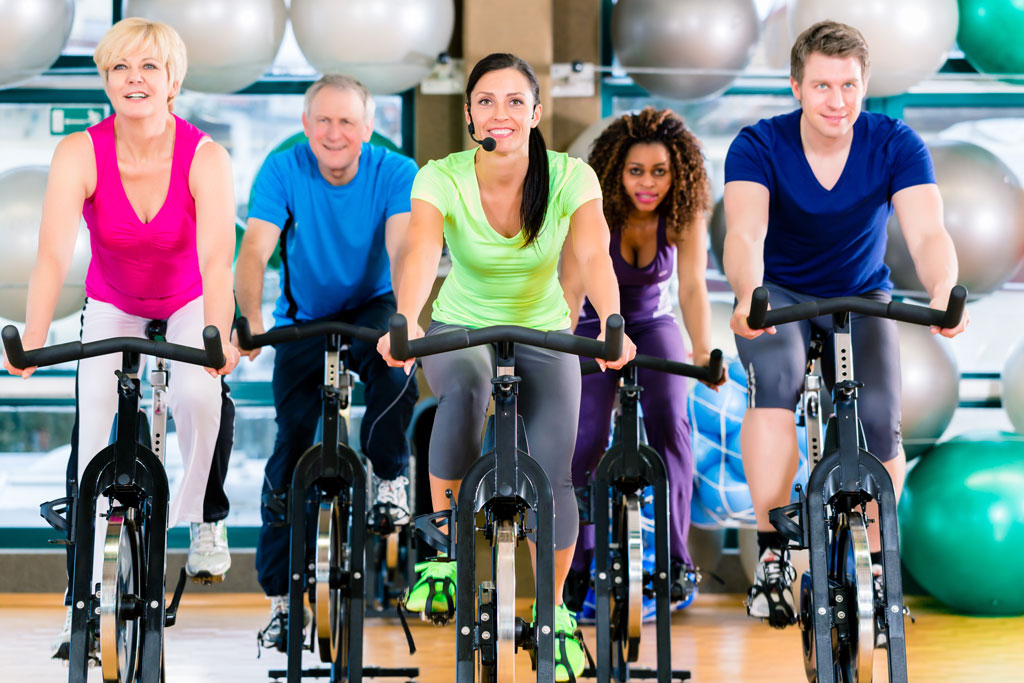
Try 40-45 minutes of vigorous aerobic intensity activity at least 3 days a week, adding up to 125 minutes or 2 hours and 5 minutes per week.
Add in 2-3 resistance training sessions per week.
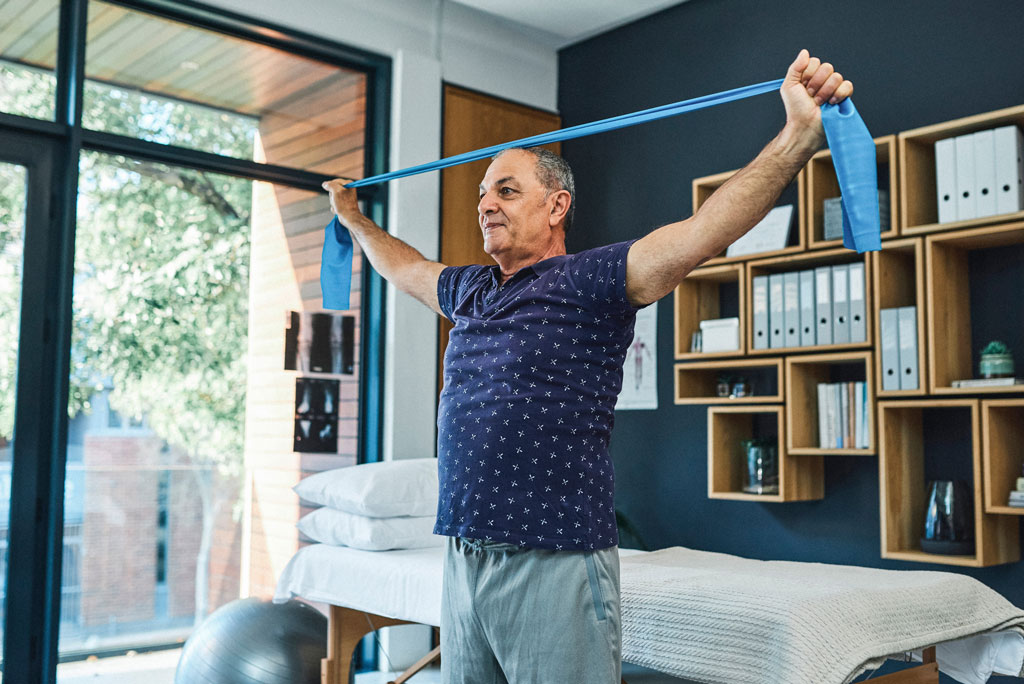
Try a combination of moderate and vigorous aerobic activity.
Add in 2-3 resistance training sessions per week.
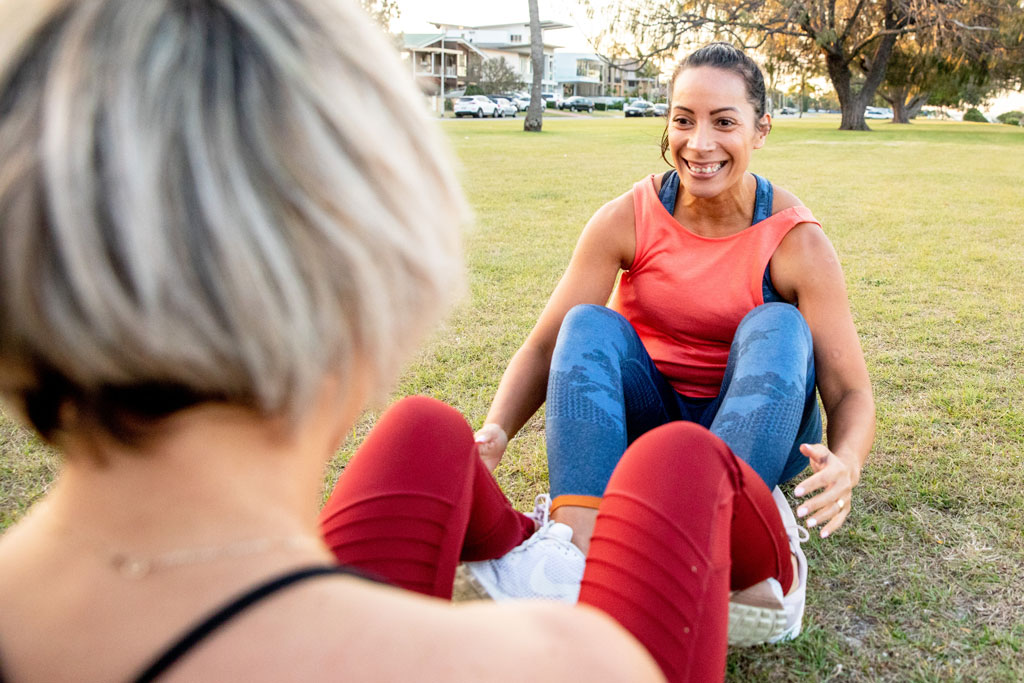
You should try for daily moderate intensity aerobic exercise that amounts to 2.5–5 hours per week and include resistance exercises 2-3 times per week.
If you experience chest pain, unusual breathlessness, nausea or dizziness during exercise, stop exercising immediately and call 000.
If you get severe muscular or joint pain during or after your workout, stop exercising until you have had a check-up with your doctor.
You might decide to start a new exercise program online or through your local gym for example. Always talk to your doctor about the suitability of your new type of exercise before starting a program.
This may also include asking for advice about managing your diabetes, especially at the start. You may need to monitor your blood glucose level more frequently and make changes to your insulin dose.
You may need to take extra precautions to prevent hypoglycaemia (also known as a hypo).
If you have peripheral neuropathy (nerve damage), talk to a diabetes health professional, such as a podiatrist for advice on how to look after your feet whilst exercising.
Need inspiration or motivation to get started? Join our Ready Set Go – Let’s Move online program.

Check your blood glucose levels before, during if needed, and after for exercise lasting longer than 30 minutes. Your blood glucose may be lower for up to 48 hours after exercise.
Don’t worry if your blood glucose levels rise during vigorous intensity exercise. This may last for 1–2 hours after the activity.
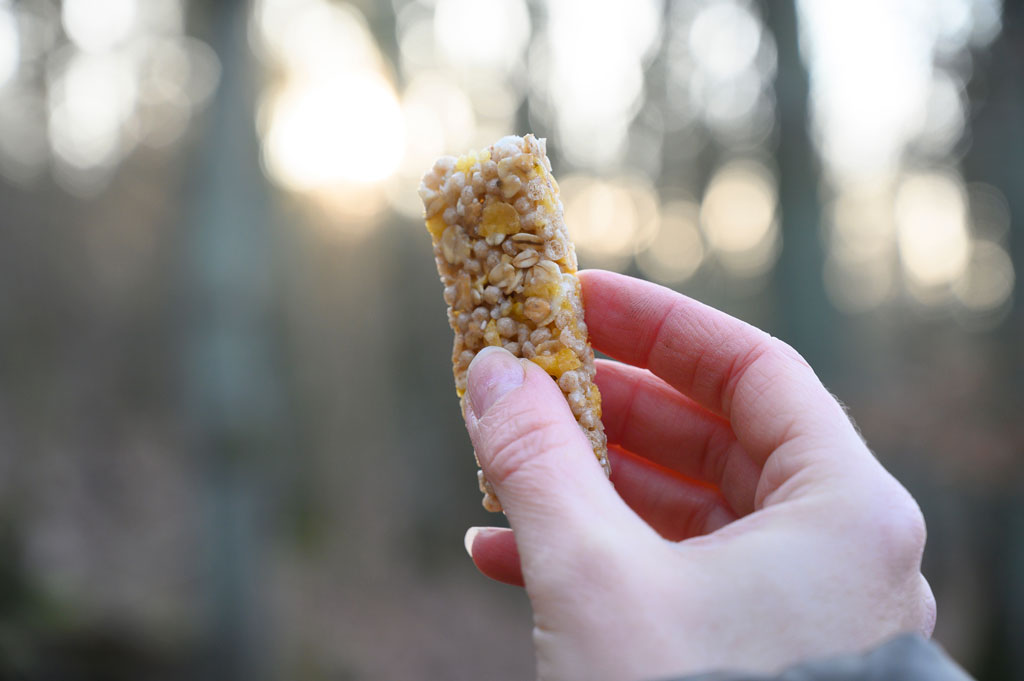
You may need to have extra carbohydrates (carbs) depending on the type and duration of the exercise. This could be before, during or after exercise. Talk to your diabetes health professionals for advice about how to adjust your carbs for your type and duration of exercise.
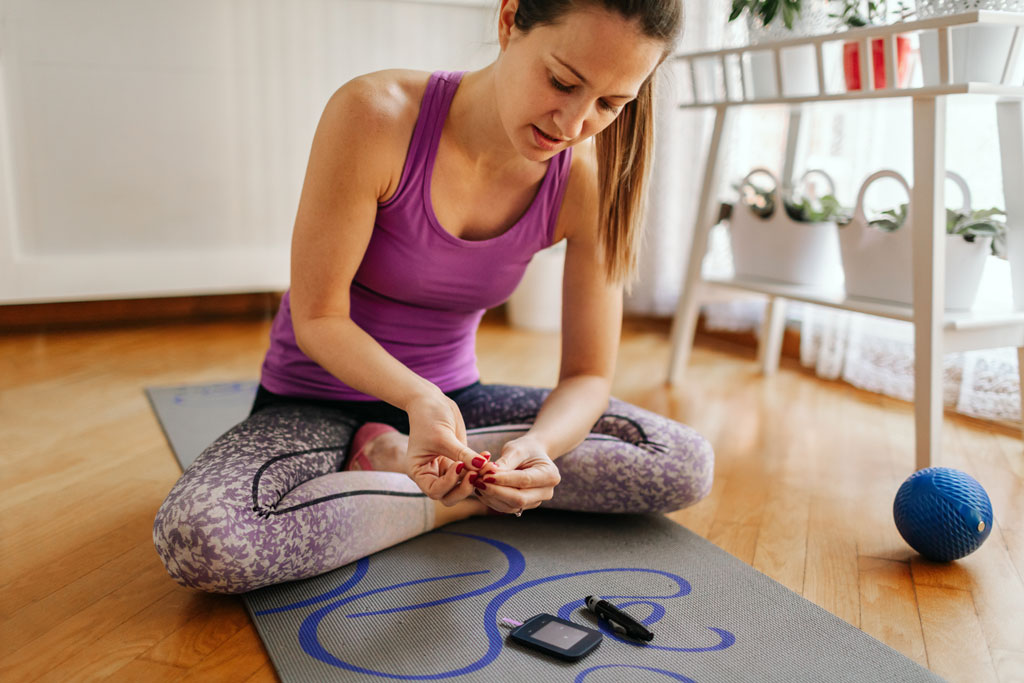
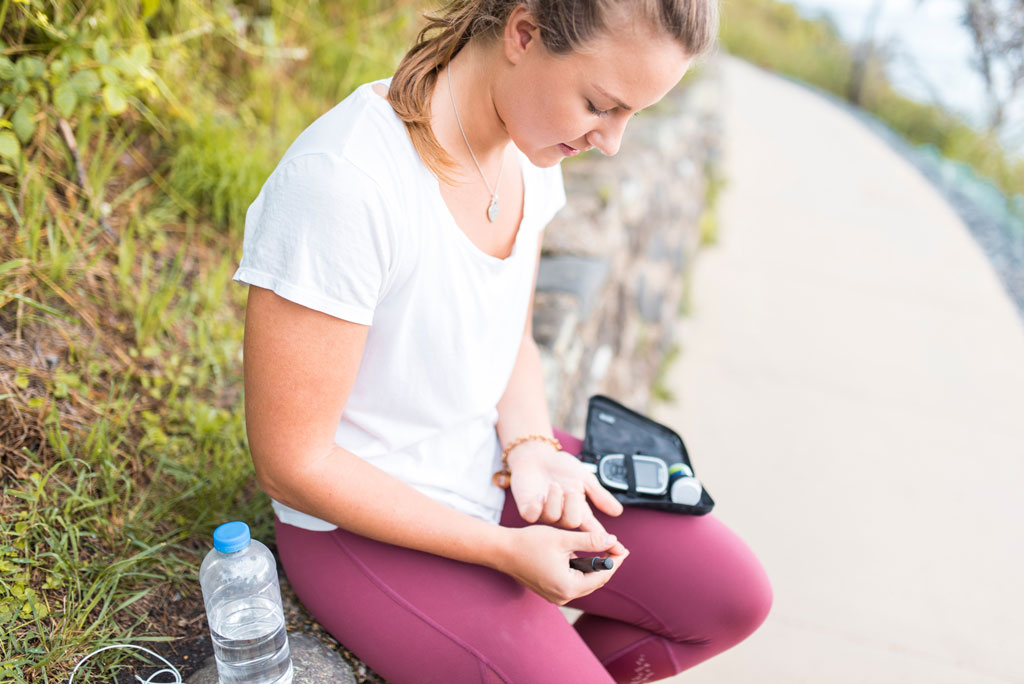
Having ketones means you don’t have enough insulin for your muscles to use glucose for energy. It can lead to rising blood glucose levels,
a build-up of ketones and diabetic ketoacidosis (DKA).
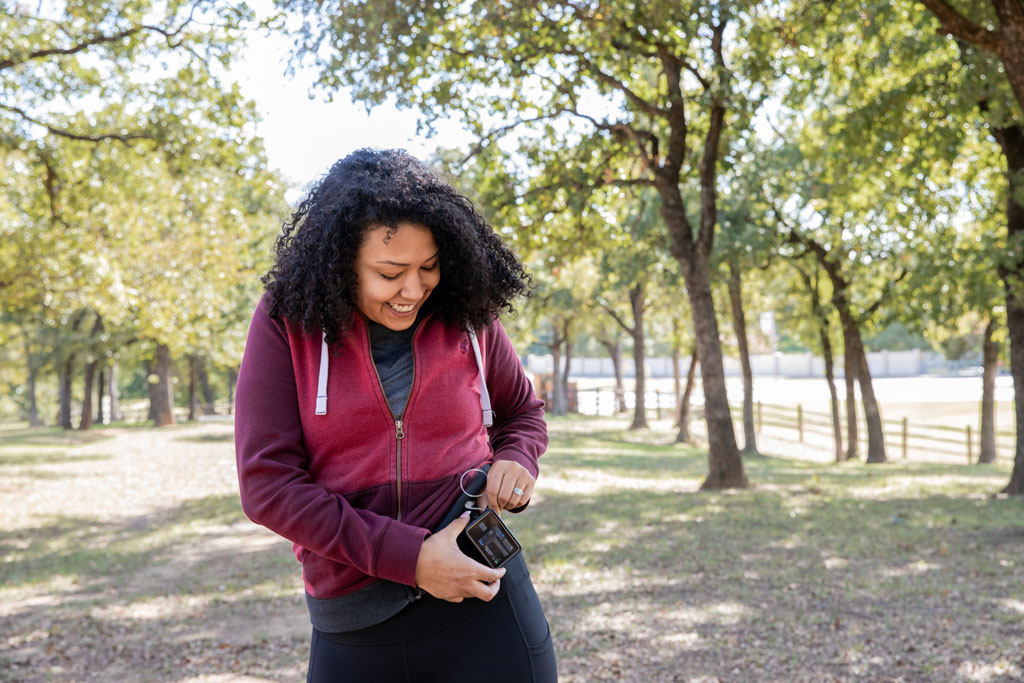
Treat a hypo as soon as you feel the symptoms or you’re alerted by your continuous glucose monitoring (CGM) or flash glucose monitoring (Flash GM) device.
Once you treat the hypo, wait until your blood glucose level is back in your target range before you start exercising again. You may need to confirm your blood glucose levels with your blood glucose meter. This is because sensor readings with a CGM or Flash GM device and blood glucose levels will not usually be the same.
It takes the glucose 6-12 minutes to move from the blood into the fluid between your cells (“lag time”). You will see the greatest difference between these readings when your blood glucose levels change quickly.

Read, listen to or download our CGM, Managing hypoglycaemia and Blood glucose monitoring fact sheets.
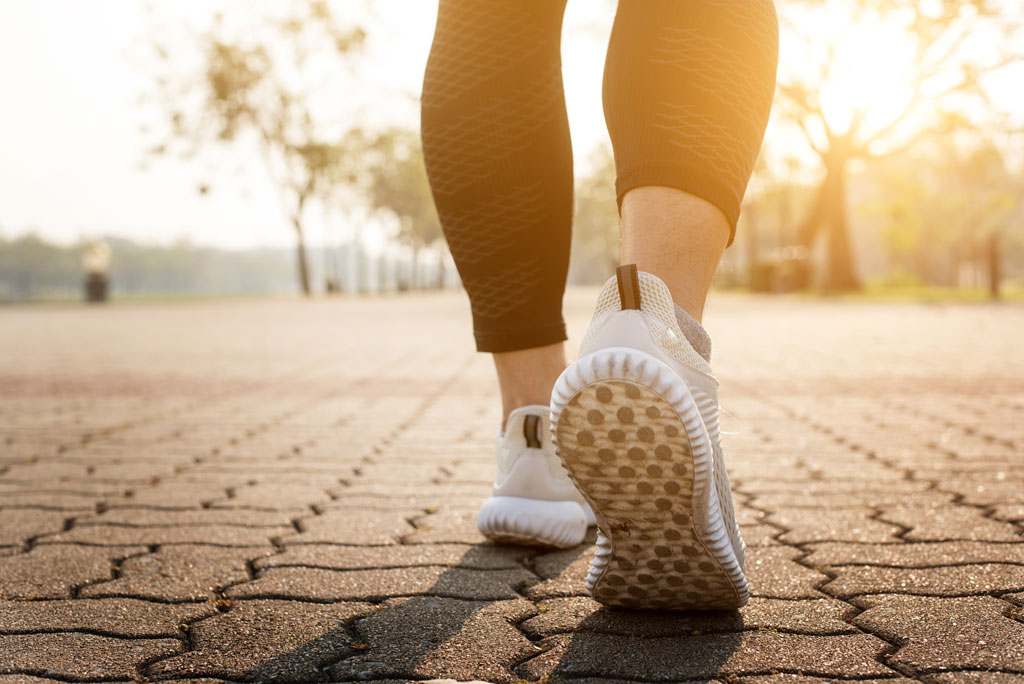
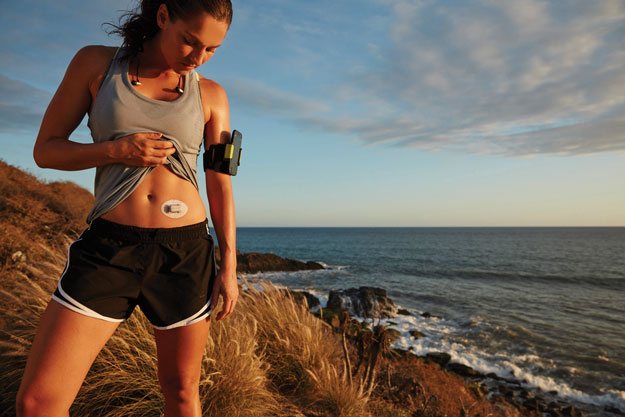


Try for 2.5–5 hours of moderate intensity aerobic activity a week and resistance exercise at least 2–3 times a week.

